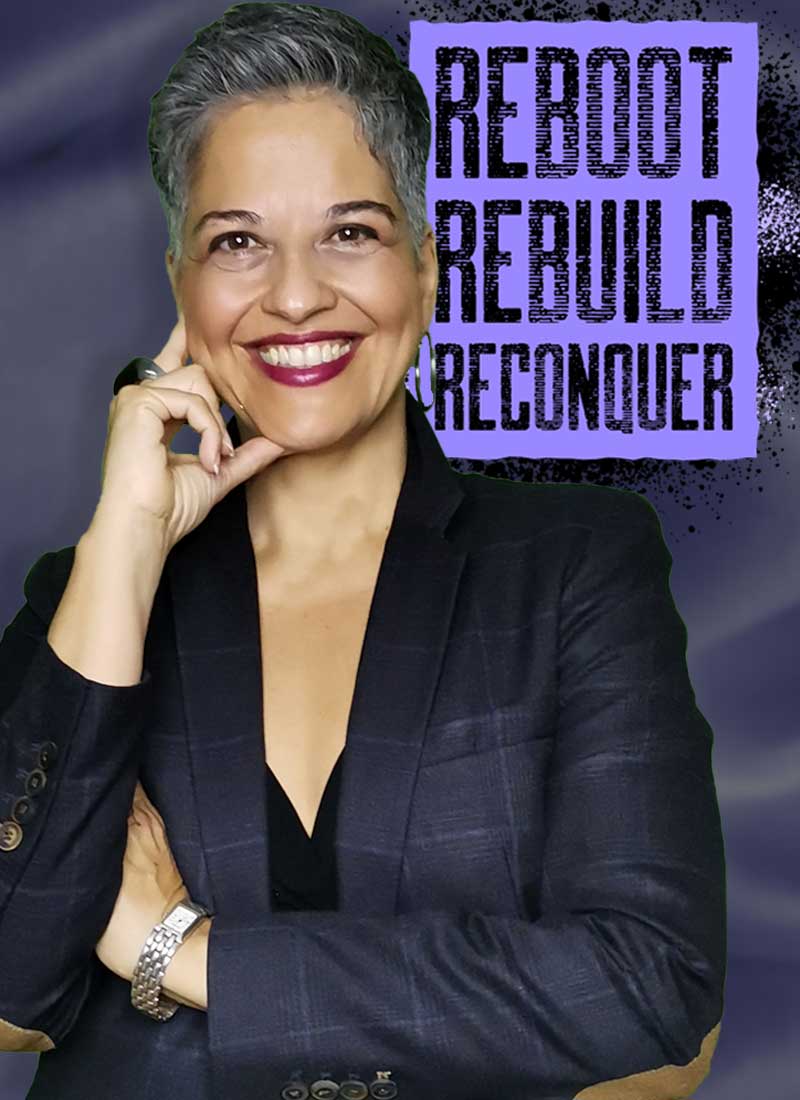So, your organisation has a set senior management team, and a concrete workforce. Given recent pressure to downsize, you have just undertaken a cost-cutting exercise and made “excess” staff redundant. In doing so, how did you decide the staff to keep, and the employees to “let go”?
One of the fastest things to happen in the world of business are re-organisations, restructurings where the sufferers are, unfortunately, those who are most vulnerable. Those are marginalised, non-integrated employees who, due to a difference in their approach to business or perspective, are seen as not following the corporate line and so, are the first to go.
As humans, we are attracted to liaise and interact with those who are similar to us, and so it is no criticism to do that. What we have to recognise is that we DO have this tendency to value like-mindedness, and then mitigate this from happening.
How do you do that?
Understand we are all prejucided, we all have our biases
Whether we like it or not, we all have our set of ideas and preconceptions based on our education and experience. It is natural – our brains do this to basically save on time and increase efficiency: it fills in the gaps through a process called Predictive Coding. So, any experience it has “seen” in the past, it will revert to time and time again when necessary. Only when we address these, and the Implicit Association Tests are a fabulous tool do we see how we may be “blinkered”. To give a gender-based example, through the IAT you can see whether you have a bias on the role of women and home, for example, or whether you have a tendency to associate men more to business.
Appreciate differences – particularly in high-stress
We all have the people that we see eye-to-eye with at work and those that we run a mile from. Why? The ones that we get on with, are likely to be similar in education, outlook or personality. They are also the ones that we can relate to when the chips are down. One of the reasons we work with Whole Brain Technology, is that it allows to understand mental preferences of employees and how they are likely to respond to stress. In high-pressure situations is when the greatest amount of conflict arises; as we are all a set of synapses and hormones, all collude to our most extreme preference and some of us tend to become highly emotional or whilst others retreat to our personal worlds to solve our problems.
Embrace and manage conflict
In high-stress situations, a leader or manager needs to be able to understand the different perspectives of employees that are not seeing eye-to-eye. Human instinct, once again, is likely to motivate us to “side” with the person we agree with and not the “problem” person. Leaders recognise the differences and, as Steven Covey stated “Seek to Understand, then Be Understood”. This does not just require a coaching approach to leadership, but a confidence to work with conflict and diffuse it without stifling the problem-solving capabilities of those involved. A step-by-step process, will help remove emotionality as well as focus on the outcomes.
Cognitive Diversity – will lead you to faster and better solutions
Research into team effectiveness has highlighted that teams or organisations with high diversity of employees in terms of their education, skills, age, and gender lead to improved problem-solving and, ultimately, innovation. E.g. studies that isolate diversity in skills such as between types of engineers, show evidence that diversity improves performance.
The key to encouraging diversity of thinking, and ultimately benefit from its productivity gains, is confidence and structure in working with conflict and appreciating differences.
So, next time you are looking at your organisation in view of restructuring, don’t aim to just “let go” those that are different who may not have the relevant skills or are perhaps just “different”. Be aware why you are singling them out, and perhaps consider that they can do more for your business than those that appear to “fit the mould”. What you may need is not to let go of your employees, but develop leadership skills and learning to help you leverage the effectiveness of a diverse workforce.
